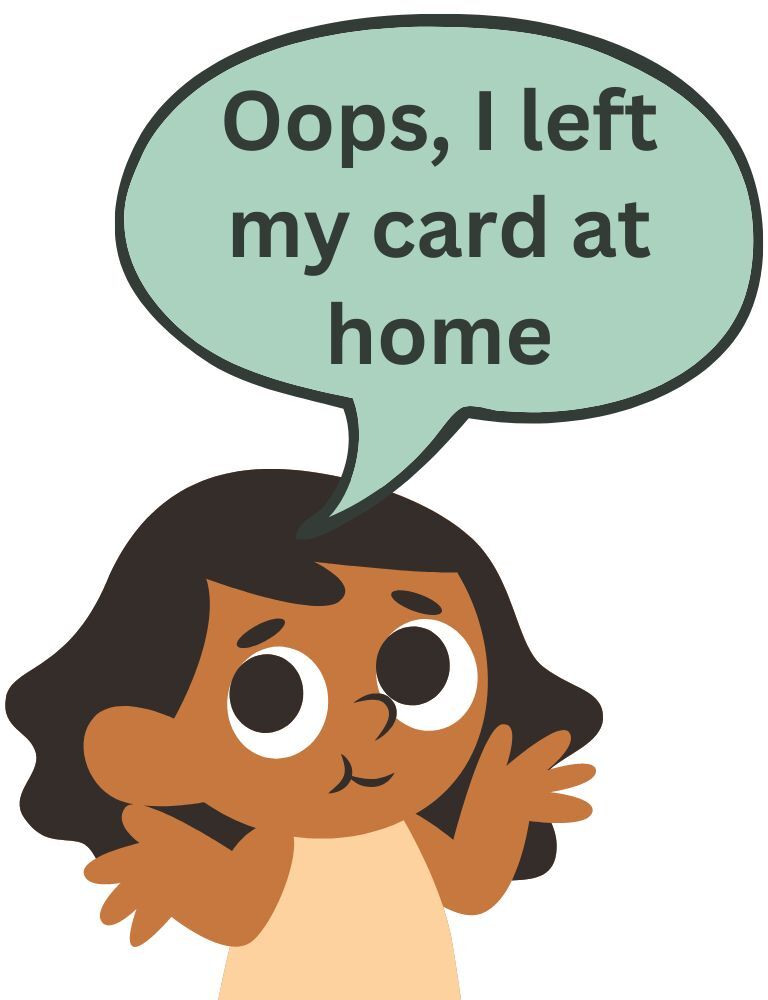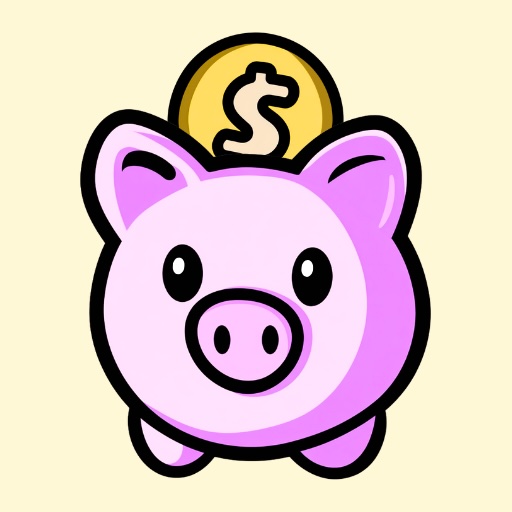
In March 2004, the U.S. Senate designated April as Financial Literacy Month to raise awareness of the importance of financial education and the dire consequences of a lack of knowledge about personal finances.
So April is a very appropriate time to start teaching your kids about money. But how exactly can you do this? Sit them down and tell them about it? Explain the importance of budgeting and saving? Force them to watch some educational videos about it?
Anyone with kids will tell you straight-up that kids are very unlikely to pay proper attention and will most likely end up learning nothing at all. So how do you approach it?
Kids learn by doing
Teaching theory without any practical component is a waste of time. You need to make it tangible. When kids have their own money and make decisions with age-appropriate support, learning happens naturally. This is the best way to get started.
Ways to give kids practical experience with money

Cash is great, but it has its limits. It gets lost and kids don’t carry it with them when they want to spend. So you pay, and then you have to get the money back from them later. You forget, or you don’t have the correct change, it’s a real pain.
Cash also isn’t practical for larger amounts, and it’s hard to control. Your child could take all their money to school and blow it without you knowing. And then there’s the growing problem of cash not being accepted in stores.
You could get your child a bank account, but banks are such a pain. I tried to open a bank account for my child using a kids banking app and he had to suffer through a long process where their clunky app took pictures of him and his passport and ultimately refused to open the account because it couldn’t match him to his passport photo from a few years ago - duh!

They also charge high fees, and kids misplace their cards or leave them at home when they want to spend. Sometimes on purpose, because they know how forgetful we are 😉.
Kids bank accounts also claim to limit what kids can spend on, but these limits are very coarse since they only restrict at the store level. So they stop kids from gambling online, but they can buy anything at a supermarket, including energy drinks and candy.
Bomad - the hassle-free solution
Bomad lets parents run virtual bank accounts for their kids, avoiding the hassle of cash and real bank accounts. When a child wants to spend money, the parent pays but deducts it in the app. When the child receives money (allowance, birthday, etc), the parent adds it in the app.
Kids can see their balances and transactions in the kids app on their own devices, and they receive notifications too.
You are present when your child spends, so you can nudge them in the right direction. And if you want to give them more independence, give them some cash and deduct it in the app. Or open a secondary savings account linked to yours with a separate debit card. You can load that with smaller amounts, leaving the bulk of their money safely in our user-friendly app.
You can install Bomad and have a working bank account for your child in 30 seconds.
There’s no easier way to put your child on the path to financial literacy. If you’re still not convinced, here’s a challenge to help you get started:

